- This feature was published in RAIL 840.
Following Secretary of State for Transport Chris Grayling’s recent announcement to cancel electrification schemes in South Wales, the Lake District and the East Midlands, it has become increasingly likely that significant parts of the UK rail network will remain un-electrified in the long term.
Meanwhile, the Government has announced plans to extensively de-carbonise transport with tougher measures such as a potential outright ban on the sale of diesel and petrol-powered road vehicles from 2040, and an ultra-low emission zone in central London in force by 2020.
This must also apply to rail, where some of the oldest diesel trains like the Pacer are to be withdrawn by the end of the decade, and train operating companies are to be encouraged to meet stricter environmental targets.
Rail Minister Paul Maynard summed this up in the Department for Transport’s annual rolling stock strategy which was released on October 20 by saying: “We have a responsibility to our passengers, neighbours and ourselves to protect the environment in which we live.
“Our dependency on diesel as a fuel, and the pollution associated with it, challenges us to work towards a cleaner and more sustainable future.”
This raises an interesting question for the future of rail traction, which must clearly be powered from much more environmentally friendly sources than diesel, but cannot rely on a more widespread provision of overhead line equipment to provide their power.
For the immediate future, the UK Government has opted for the procurement of bi-mode trains that can be powered by OLE where it has been erected, before lowering its pantograph and switching to conventional diesel engines.
This hybrid method has enabled the Government to cut back the electrification programme, but it’s not without its own problems. That is because by carrying traction equipment for both diesel and electrical power, they lack the power of an electric multiple unit due to the additional weight they must carry, while continuing to produce harmful emissions when burning diesel.
Other alternative fuels are being trialled, including the use of solid-state lithium-ion batteries that can be charged electrically from either OLE or trackside charging points, following significant technological advances with battery technology in the automotive sector. But there remain serious questions about the length of time required to give the batteries sufficient charge, and ultimately their capacity, which could severely limit the range of such vehicles between re-charges.
Alstom has developed an innovative alternative - it’s the only company in the world to have built a fully functioning hydrogen fuel cell-powered train.
The Coradia iLint works by taking hydrogen from on-board tanks, plus air, and converting it to electrical energy which is then stored in lithium-ion batteries to power the train. The only physical byproduct of the process is water, which is released harmlessly as either steam or liquid.
“This is about having cleaner air and the need to deal with emissions from the transport we use like carbon dioxide, nitrogen oxides and particulates,” explains Alstom UK’s head of strategy Mike Muldoon. “We need to have clean, independently powered trains, but we have no means to do so. Batteries in isolation have too short a range, and electrification was never likely to reach everywhere in the UK, so we were always going to run into this issue.
“There are several ways to use bi-modes, but if you have a new train with a diesel engine, and new trains typically have an operational life of 30 or 40 years, there’s a good chance they will be running in 2060, which doesn’t feel right.”
He adds: “We’re not taking a stance against batteries, however, because we need them to store the energy from made from hydrogen in the iLint. But if you want a regional train that runs over hundreds of miles of track, batteries on their own just wouldn’t be able to deliver that range.”
The train was officially launched at the Innotrans exhibition in Berlin, Germany, on September 20 2016. The iLint incorporates the hydrogen fuel cell technology in Alstom’s Coradia range of modular regional trains, of which more than 2,400 units have been sold around the world over the last 16 years, as either diesel multiple units (DMUs) or electric multiple units (EMUs).
Dynamic testing is almost complete of the first Coradia iLint (654602) at the Velim test track in the Czech Republic, and the two-car unit is expected to enter passenger service in Germany in January for a two-year trial. Fourteen further Coradia iLints are on order for the German network and they will be built at Alstom’s largest manufacturing site in Salzgitter, Germany.
Muldoon says that there is no technical reason why a standard gauge version of Alstom’s hydrogen fuel cell powered train could not be adapted to run in the UK. However, the train would require the installation of hydrogen-supply infrastructure to pipe the gas to depots and fuelling points, and currently that does not exist in this country.
Demand must be created first, however, following a successful trial to provide the right commercial environment before a more widespread deployment could take place.
Muldoon adds: “We are in discussions with a number of UK operators, but you have to take small steps to demonstrate such new and advanced technology. You would need to invest in a potential trial first, and then you could extrapolate what is happening in Germany. Clearly, any German product would be inappropriate for the UK, as the iLint’s low floors are alien to this country, and they are 27-metre trains, so we would need to be clever about taking the heart of that vehicle and turning it into a product for the UK.
“We are already talking to the DfT, UK train operators and regulatory authorities, which is quite a complex mass of stakeholders. It’s quite difficult because there’s no overarching strategy for clean trains and it’s always been acceptable to have diesel or electric. There’s never been a strong drive for the iLint’s unique selling point, but the UK market is beginning to make some promising noises.
“We had the new rolling stock strategy quite recently and our job now is to make people aware that this exists.”
Another way to cut emissions is to increase energy efficiency, and Alstom has developed a range of new trains to do just that. This includes the Coradia Stream EMU that reduces weight by using longer vehicles. This not only cuts the amount of energy consumption per passenger while maintaining passenger comfort, but also reduces maintenance costs for both the train and track operator.
The trains have a modular design that allows operators to choose the configuration and interior that suits them best, or specify a train for either regional or inter-city requirements. They also come with modern onboard information and entertainment systems to offer improved passenger convenience.
Muldoon says: “The Coradia Stream is currently being developed for two operators in parallel, NS in the Netherlands and Trenitalia in Italy. This highlights its modularity as each operator has its own unique configuration.
“A modular platform is not a new concept, but we work to give operators the choices they want without undue costs or complications - people still want value for money.”
In addition to creating new regional and inter-city trains, Alstom has shown its ability to evolve and refine its more mature products to suit the needs of today’s market. This includes the Pendolino, of which 56 are in operation with Virgin West Coast in 9 and 11-car formations on the West Coast Main Line.
These are currently being re-painted at the company’s new train modernisation facility in Widnes, which is an example of the localised benefits that Alstom brings to the countries in which it operates. The team at Widnes is 80-strong and includes five new apprentices who will work on the project.
Alongside this facility is Alstom’s Academy for Rail that was officially opened by Transport Secretary Chris Grayling on October 4, and is due to train 500 apprentices over the next five years, contributing to the closure of the skills gap in UK rail and leaving a lasting skills legacy.
The first of the next generation of the family of Pendolino trains was inaugurated by Alstom on October 10. Now part of Alstom’s Avelia high-speed trains portfolio, 12 non-tilting seven-car Pendolino trains have been ordered by Italian operator NTV and will be capable of operating at speeds up to 250kph when they begin entering service next year.
As well as having an improved interior, the new Pendolinos (which have been named the Italo EVO) are also more environmentally sustainable with distributed traction providing higher levels of braking efficiency and regeneration.
The train is manufactured using recyclable materials and its nose cone has been designed to provide optimal aerodynamics.
“These new trains have lighter seats but the same level of comfort,” says Muldoon. “They run using less energy and can be more widely recycled at the end of their lives, while they also feature the benefits of advances in regenerative braking technology.
“It’s also inspiring to see everything coming to fruition at Widnes, and delivering what we set out to do. The Pendolino re-paint programme there is running like clockwork.”
Meanwhile, Alstom’s very high speed rolling stock falls under the Avelia brand. This ranges from the AGV single-deck distributed traction solution to Euroduplex double-decker trains. There is also Alstom’s latest development, named the Avelia Liberty, which is a single-deck concentrated traction train of which Amtrak has ordered 28 to operate on the United States’ Northeast corridor between Boston and Washington DC. They will be manufactured in the USA.
Capable of travelling at 300kph, it offers 33% more capacity than existing trains on the route, and comes equipped with the company’s innovative Crash Energy Management system for improved safety.
Its key feature is its articulated architecture which provides enhanced safety, passenger comfort and stability, while Tiltronix anticipative tilting technology enables the train to negotiate curves safely and more comfortably at high speeds.
Muldoon says that all this places Alstom in a strong position to cater for the future traction needs of the UK, including the arrival of High Speed 2, which will place greater focus on environmental sustainability and passenger comfort, in addition to speed and technical performance.
He concludes: “All of these technological developments reflect how Alstom is a very focused business and a specialist in rail and urban transport that is constantly seeking to address the problems that face us. We will continue to use technology and common sense to find the optimal solution in the UK and around the world.”
- This feature was part of a supplement focussing on worldwide projects that could have an impact on the UK. This was published in RAIL 840, which is available on Android and iPad.

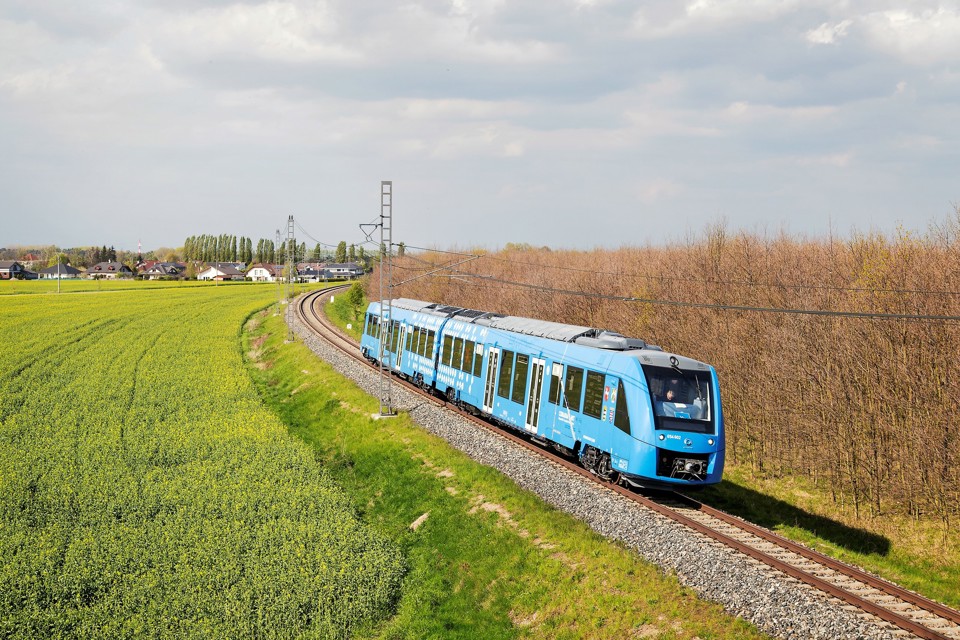
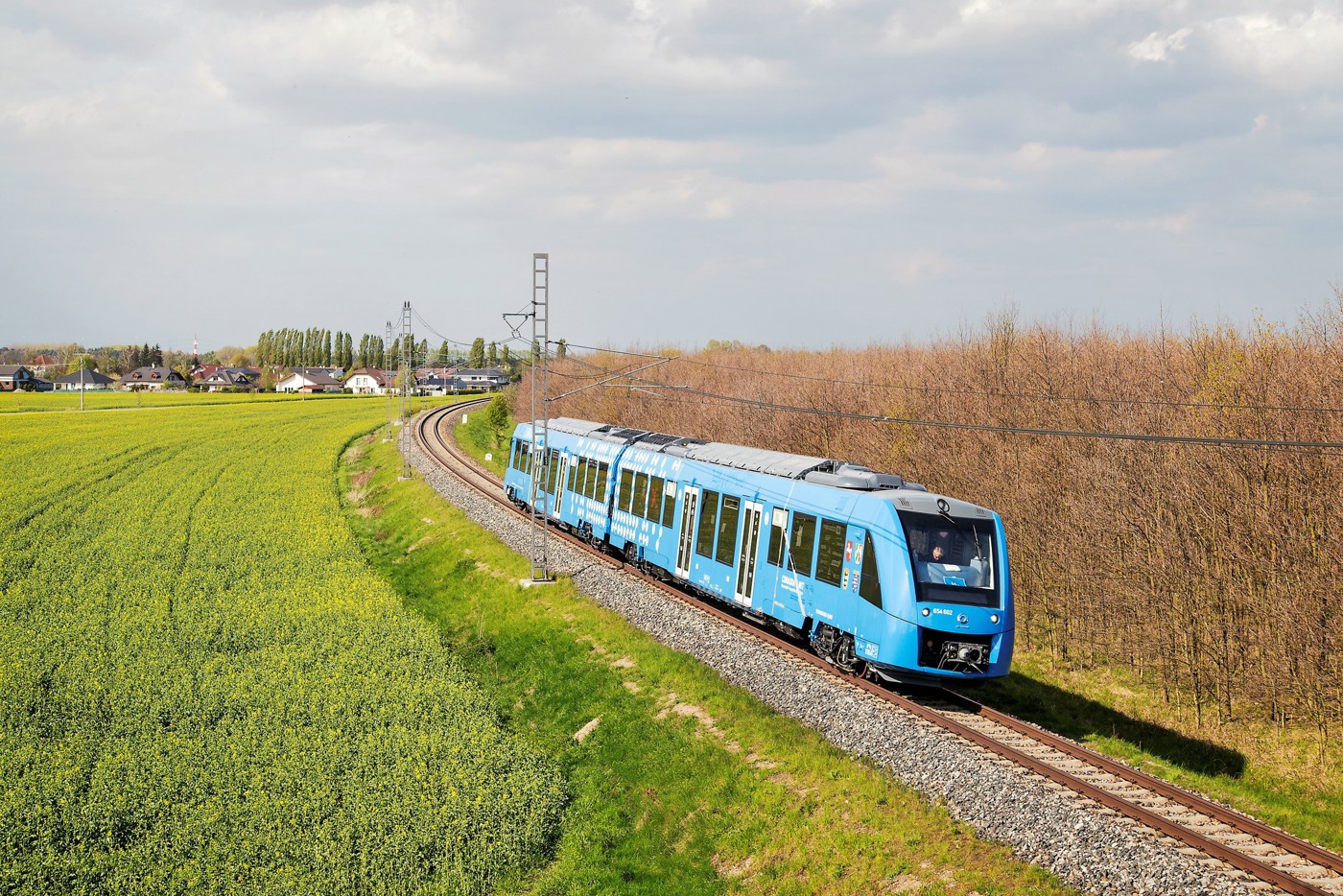
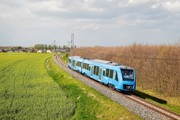
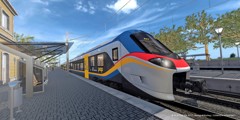
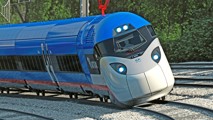














AndrewJGwilt1989 - 21/01/2018 02:32
I dont think hydrogen trains could be ideal for the UK. But if does get the go ahead then it would cut co2 emissions and to reduce pollution even in major cities that pollution is still increasing. Plus if hydrogen trains is the solution. Then perhaps hydrogen buses and/or hydrogen trams could also follow on.